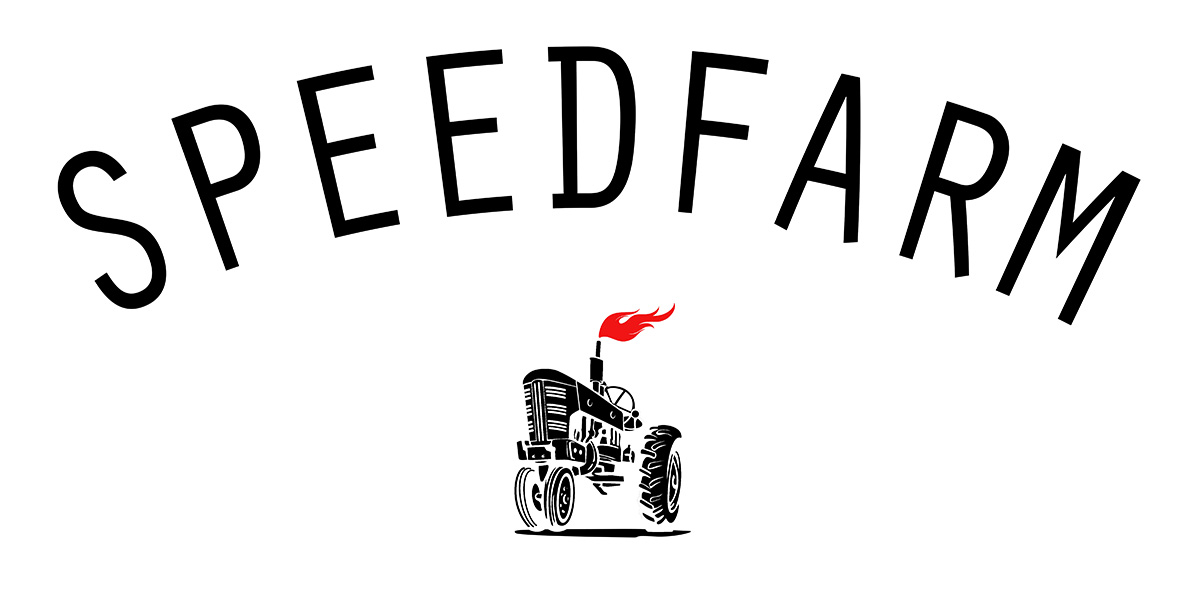We’ve all been tempted by the simplicity of it: a 12-week marathon plan bought online or copied faithfully from the pages of some recreational “running” magazine. You choose your plan, choose your marathon date, circle the Monday 12 weeks before your race and put your feet up and wait for the magic start date to arrive.
The myth that marathons can be prepared for in this way, with a canned program from little or no consistent running volume sells magazines and draws website hits but is only suitable for the “one and done-ers” who will happily run slowly until 20 miles, hobble to the finish and tick an item off the bucket list.
Even well-written training books, by respected coaches such as Pfitzinger present these sort of programs…though at least his programs stretch to 16-20 weeks for the marathon.
What is missing from these programs as a whole is a discussion of what training is required prior to even embarking on week one of the “marathon plan”. As a result, most everyone jumps in with both feet at a Week 1 mileage well beyond what they are used to…and more than their bodies can absorb or benefit from.
Let’s look at the first week of Pfitzinger’s Advanced 1 marathon schedule: 104km total, 7 days of running, longest run 27 km, 6km at lactate threshold. Even from good general running fitness building up to be able to handle this first week should be a several month project!
Not fair picking on Mr. Pfitzinger? Let’s dial back our goals and look at Hal Higdon’s Intermediate 1 plan: at least this one also clocks in at 18 weeks now (a recent increase) but here is week 1: 40 km, 4 days of running, 1 day of cross training plus some running intensity. Again I predict that most runners embarking on this program do not have the run background or recent preparation to embark on even such a modest plan.
Some do manage to achieve their modest goals on programs such as these simply because some running, however inappropriate is better than little or none. Many others get burnt out or injured and underperform (or withdraw) as a result.
So what is the alternative?
One of our key Speedfarm principles is that training programs should follow the athlete, not the reverse. This means that runners advance at the pace their bodies will allow and achieve the kind of long term improvements and success impossible with canned marathon plans. For our marathoners, the first (perhaps most important) phase of marathon training is always “training to train”…the missing 12 or 16 or 20 weeks before the marathon schedule proper begins. This is a period of expanding aerobic capacity with gentle, high volume running while maintaining sound fluid biomechanics and foot speed. This period builds strong, durable athletes able to withstand and benefit from the more grueling marathon-specific work to follow.
The individual starting point of the marathon build-up proper varies with each runner and depends on how they have progressed through this General Adaptation period and what volume of training their body has proved it can digest.
The result is that a proper customized 12-18 week marathon plan can now begin…with the athlete a strong, eager aerobic animal ready…like we do on the farm…to do some good old-fashioned hard work.
